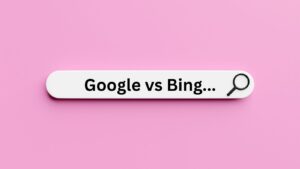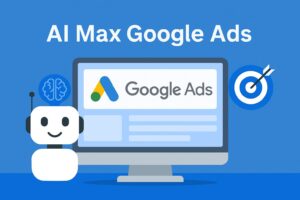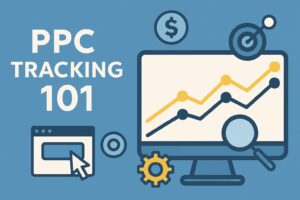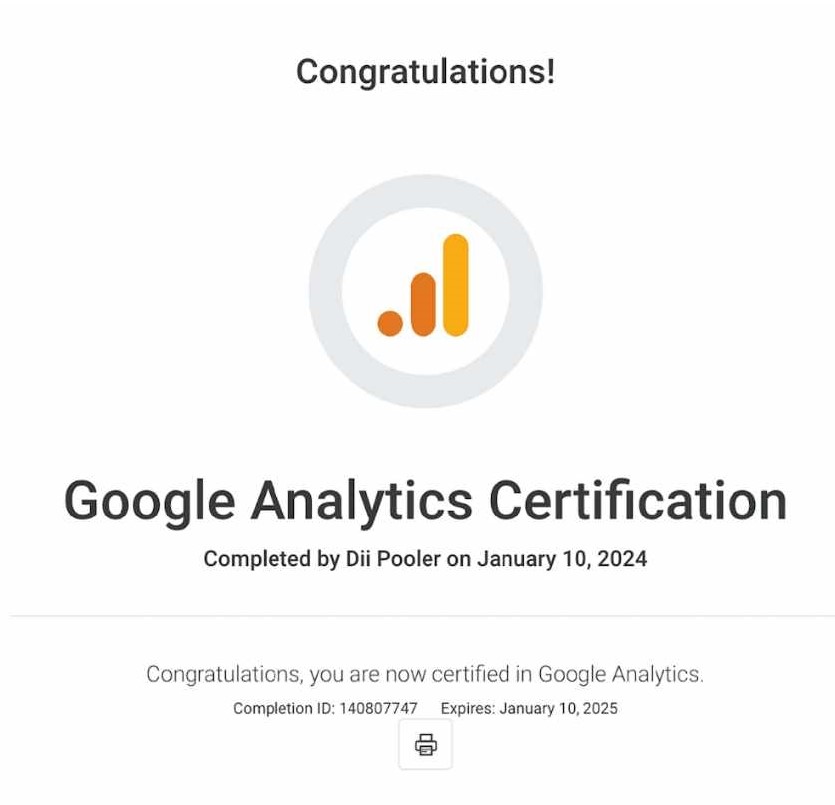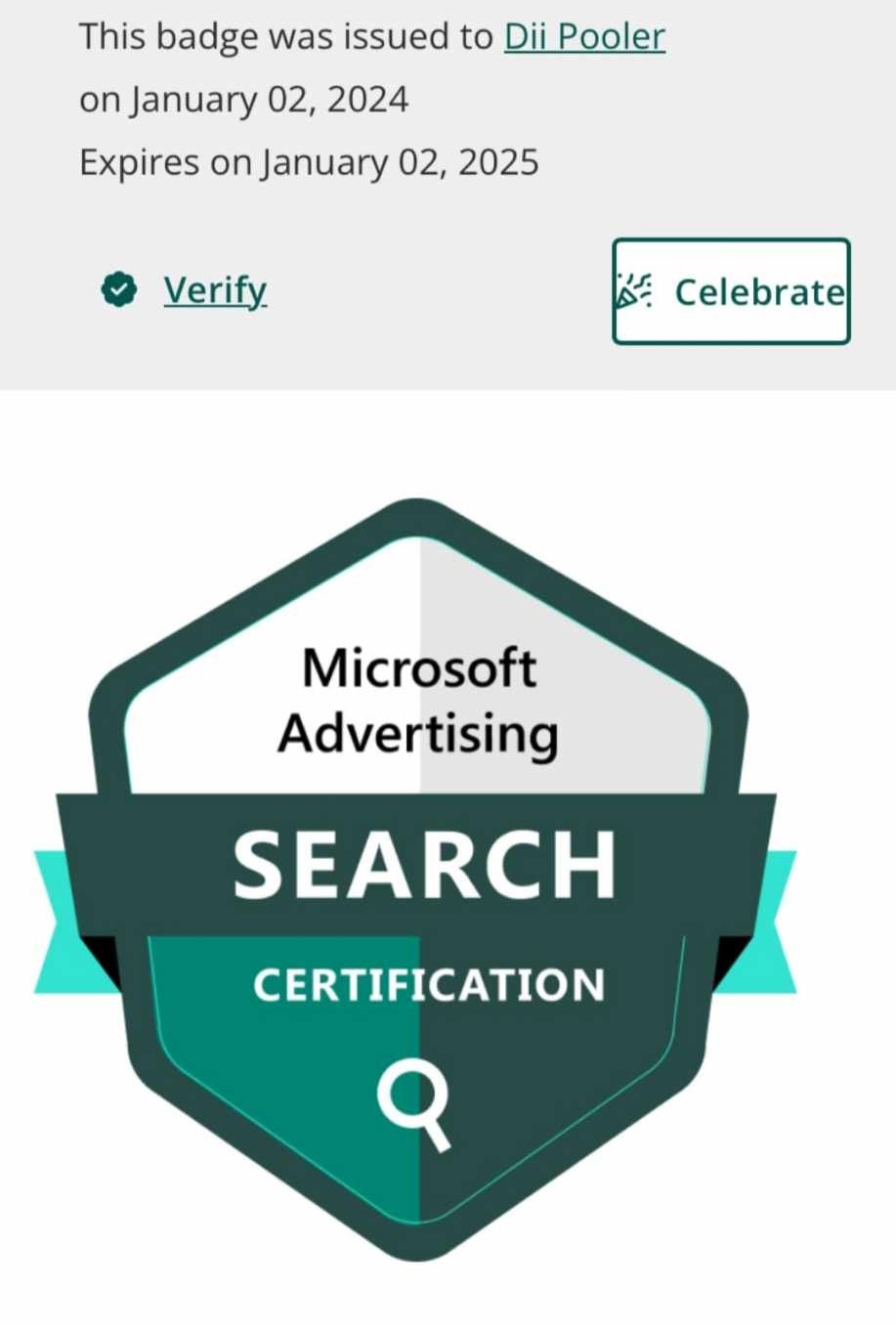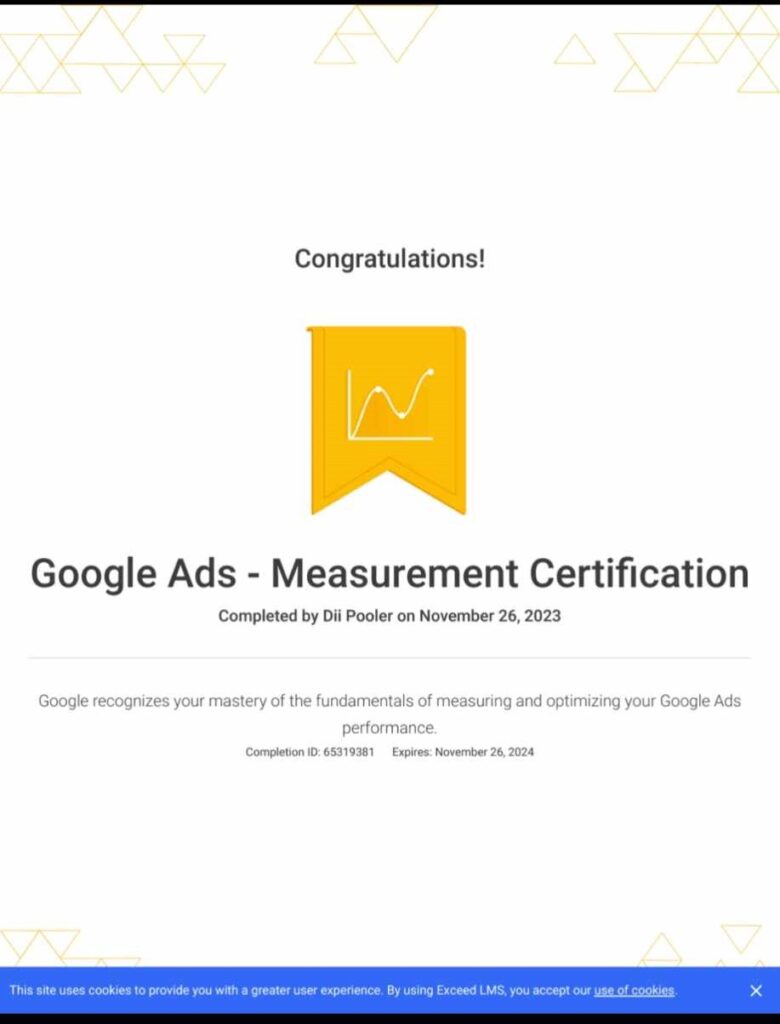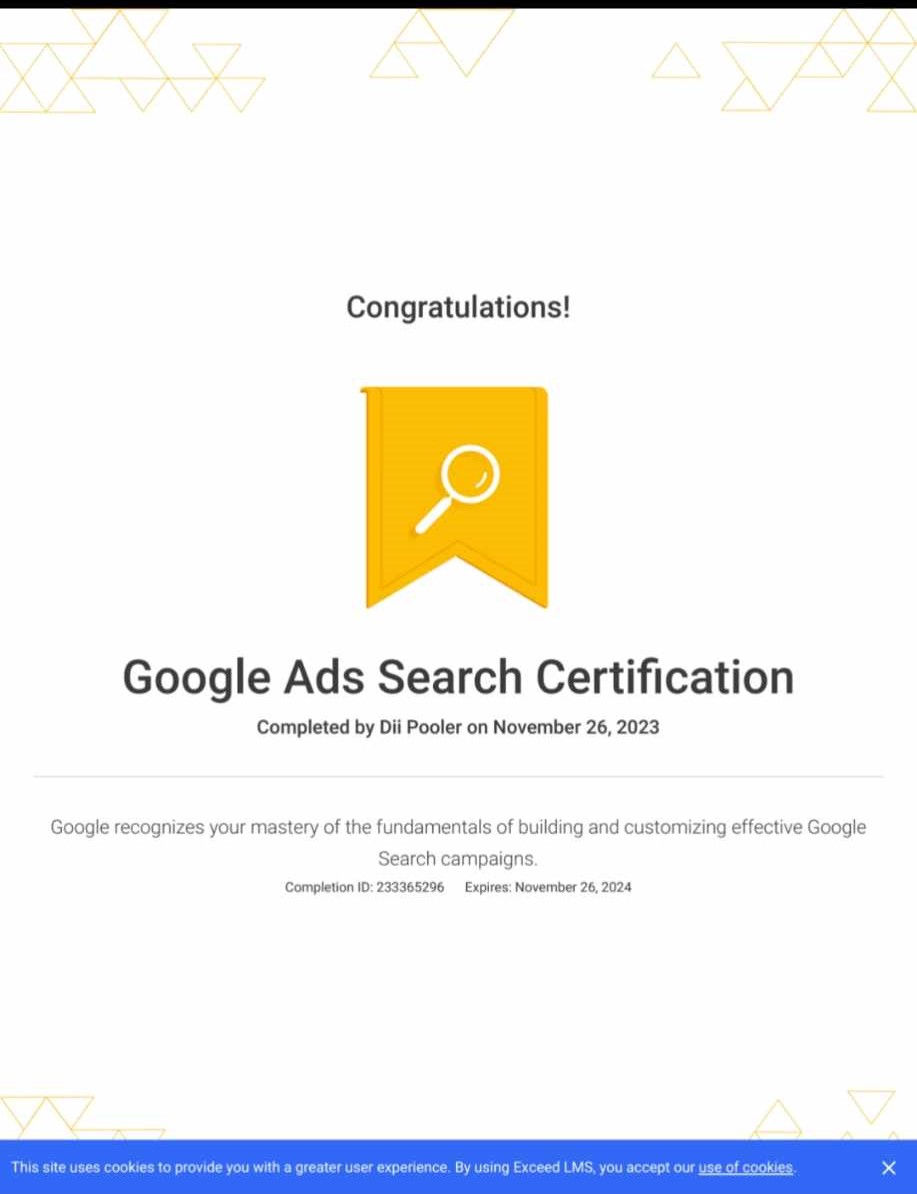In paid advertising, the debate often revolves around choosing between Bing Ads or Google Ads. It’s easy for advertisers to question which offers a broader reach, cost-effectiveness, superior targeting capabilities, or better conversion rates. However, the real power lies not in choosing one over the other but in leveraging both platforms simultaneously to maximize digital marketing return on investment. While Google Ads commands account for the majority of shares in search marketing, Bing Ads also offers an opportunity for reach that is too valuable to overlook, and their synergy can cover a vast audience spectrum.
Both Bing and Google Ads operate on a pay-per-click model aimed at helping businesses boost revenue, connect with a target audience, and drive website traffic. While they share the same foundational concept, each platform brings unique features and benefits.
Google Ads allows advertisers to place text ads on its search results pages and display ads across a broad network of websites. On the other hand, Bing Ads extends its reach across Bing, Yahoo, AOL, and various partner sites.
When it comes to display URLs, description text, keywords, and click-through rates, Bing & Google have one distinct difference: Bing Ads emphasizes display URLs with bold formatting in search results.
However, other major nuanced aspects set both these platforms apart, for example:
When it comes to reach, Google may lead with its dominant market share, but Bing Ads reaches a significant number of users not covered by Google AdWords. This includes a market share of 63 million searchers within Cortana Digital Assistant, Microsoft Edge, Yahoo, and many other networks that highlight a considerable untapped audience.
Dil Pooler Tweet
- Ad Placement and Search Partner Networks: Google Ads offers an extensive network of search partners and websites, meaning ads can appear on platforms such as YouTube and Google Maps. Bing Ads integrates with Microsoft and Yahoo networks and offers placements across Bing, Yahoo, and AOL, each with unique audience segments and content types.
- Ad Extensions: Both Google & Bing offer ad extensions, but there are variations in how these extensions are implemented between the two. Google Ads tends to lead innovation, frequently introducing new extensions such as app extensions, promotion extensions, and more. Bing Ads often follows suit, adapting and adding similar features such as expanded text ads & responsive text ads, but most times with delay – observing & analyzing Google’s ad extensions first.
- Search Volume and Competition: Google dominates the market in terms of search volume, which typically leads to a higher cost-per-click in comparison to Bing. This difference can result in more cost-effective advertising spending on Bing for certain industries or keywords, albeit with a potentially lower traffic volume.
- Integration and Tools: Google Ads is tightly integrated with tools like Google My Business & Google Analytics, allowing seamless data sharing and optimization across platforms. Bing Ads also integrates with Microsoft products and services, including LinkedIn, which can be particularly valuable for B2B advertisers targeting working professionals or highly skilled products/industries.
- Geographic Targeting: Both platforms allow for geographic targeting, but Google Ads has a larger global footprint. Google ads offer more detailed and sophisticated options for targeting specific locations. Whereas Bing Ads offers robust geographic targeting capabilities as well, but its strongest performance is often in the United States.
- Artificial Intelligence and Machine Learning: Google pioneered AI and machine learning by offering tools like Smart Bidding and responsive ads that automatically optimize based on conversion data. Bing has made strides in incorporating similar technologies but hasn’t made as many advancements in leveraging AI to enhance campaign performance and automation.
Here are some industries where Bing Ads may excel over Google Ads:
- Financial Services and Insurance:
Bing users tend to skew towards an older and more affluent demographic, with a significant portion having household incomes over $100,000. Bing is an excellent platform for financial services, insurance products, and high-end investment opportunities for individuals looking for stability and growth in their financial planning.
- B2B Services:
Businesses targeting other businesses, especially in sectors like software, professional services, and high-end B2B products, may find Bing Ads beneficial – partly due to the integration with LinkedIn (also owned by Microsoft), allowing for more precise targeting of professionals and decision-makers within specific industries.
- Automotive:
The automotive industry may benefit from advertising on Bing, especially dealerships offering luxury cars or services targeting car owners in higher income brackets. The platform’s demographic of older and wealthier users can be a good match for new car sales, luxury models, and high-end automotive services.
- Home Services:
Industries related to home improvement and home services can also benefit from Bing Ads. The demographic that includes homeowners looking to invest in their properties, whether through renovations, landscaping, or buying and selling homes, is well-represented on Bing.
- Education & Professional Development:
Continuing education, online courses, and professional certification programs targeted at adults looking to advance their careers or explore new opportunities can find a responsive audience on Bing, especially given the platform’s reach among professionals and users in higher income brackets.
Understanding these differences is crucial for advertisers looking to optimize their PPC strategies across both platforms. By tailoring campaigns to each platform’s strengths and audience characteristics, advertisers can achieve a more balanced and effective online advertising presence.
In summary – When it comes to reach, Google may lead with its dominant market share, but Bing Ads reaches a significant number of users not covered by Google AdWords. This includes a market share of 63 million searchers within Cortana Digital Assistant, Microsoft Edge, Yahoo, and many other networks that highlight a considerable untapped audience. Bing’s demographic tends to skew older and more affluent, allowing advertisers to connect with a specific market segment.
Cost efficiency is another area where Bing Ads shines and takes the cake. With less competition for ad space, clicks tend to be cheaper on Bing, allowing advertisers to achieve a higher return on investment. Studies have shown that the average cost-per-click on Bing Ads can be substantially lower than on Google Ads, with the potential for higher engagement and conversion rates.
Beyond reach and cost, Bing Ads offers additional advantages, such as importing Google Ads campaigns directly, more granular targeting options, and enhanced device targeting capabilities. Bing’s transparency regarding search partner performance and the option to add site link extensions for more comprehensive ads are also notable benefits.
Ultimately, the choice shouldn’t be between Bing or Google ads but rather how to effectively utilize both platforms to complement each other. Incorporating Bing Ads into your PPC strategy can fill gaps in your online presence, allowing for broader reach, & higher positioning.

